Maps
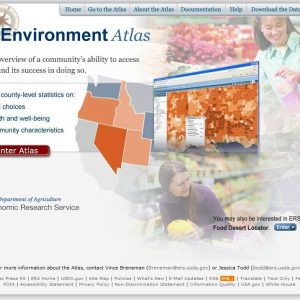
This interactive map of the U.S. displays data on food availability, local foods, health and socioeconomic statistics. Data are displayed at the state or county level, depending on availability. Staff

After decades of decline, manufacturing jobs across the country have seen a modest uptick. This long period of industry restructuring has left a strikingly different geography of manufacturing in the Carolinas; we still make furniture and textiles, but that’s no longer the whole story. New industries have taken root. Many offer higher wages than the […]

Where are urban regions growing – in their cores or suburbs? What is happening in rural areas? New population figures have fostered speculation about what growth in urban regions will be like in the future. For rural parts of the Carolinas, the issue isn’t about growth at all, but widespread decline in population. The 2000s […]
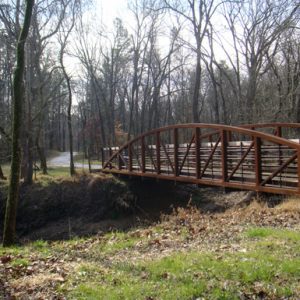
Imagine being able to hop on your bicycle in Huntersville and pedal on greenways and trails to your job in the UNC Charlotte area. How about a Saturday morning hike from downtown Lincolnton to the Catawba County line, with the kids? A regional system of trails and greenways is beginning to emerge that promises to […]

The UNC Charlotte Urban Institute collaborated with Council for Children’s Rights to map all YMCA locations in Mecklenburg County. These locations were then overlaid onto maps of individual indicators from the 2010 Charlotte Neighborhood Quality of Life Study. Finally, four of these indicators (teen births, high school dropouts, juvenile arrests, and food stamp recipients) were […]
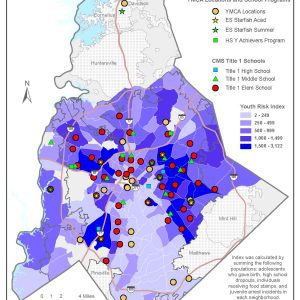
This map shows the locations of YMCA facilities and youth programs (Starfish Academy and the Y Achievers Program) as well as Title I schools, all in relation to the youth risk index of Charlotte neighborhoods. Starfish Academy is a YMCA program that serves pre-k through second grade students who are currently reading below grade level […]
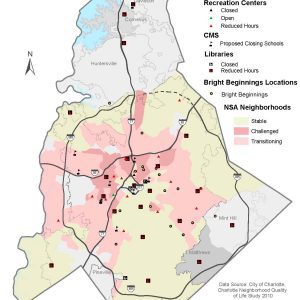
This map shows the location of public recreation centers, libraries, and schools in relation to the quality of life status of Charlotte neighborhoods, with particular emphasis on facilities that have been closed or now have reduced hours. It was created by the UNC Charlotte Urban Institute, in collaboration with Council for Children’s Rights, to determine […]
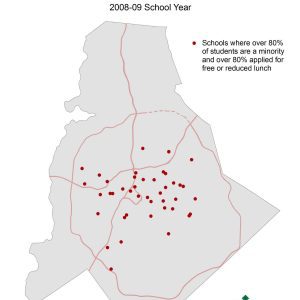
This series of maps shows the percent of students at each school in the Charlotte-Mecklenburg Schools (CMS) district that are a racial minority and the percent that applied for free/reduced lunch at two points in time, the 2001-02 and 2008-09 school years. The final two maps show only those schools in which the proportion of […]
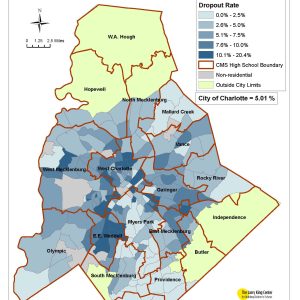
The UNC Charlotte Urban Institute created this series of maps, in collaboration with Council for Children’s Rights, in October, 2010, to provide background information and context for principals of Charlotte-Mecklenburg (CMS) high schools and the CMS Investment Group (a group of private donors and community leaders that pledged $55 million to improve graduation rates and […]

When you think of an immigrant, what comes to mind: the person who helped build your house, or the physician discussing your treatment plan? New research indicates that “there are just as many high-skilled as low-skilled working-age immigrants currently living in the United States, and the growth rate of more educated arrivals to the United […]

Local perceptions may not have caught up with the new reality in the Charlotte region’s manufacturing economy. Even before the recession began in 2007, declines in the textile and furniture industries were changing the structure of local employment. As the downturn continued, counties that depended less on textile and furniture manufacturing lost fewer jobs. The […]

In 1960, the median age for the United States was 29.5 years, meaning that half the population was older than that, and half was younger. In the 2010 Census, the median age for the country moved up to 37.2 years, reflecting what many demographers refer to as the “graying of America”. As with other changing […]